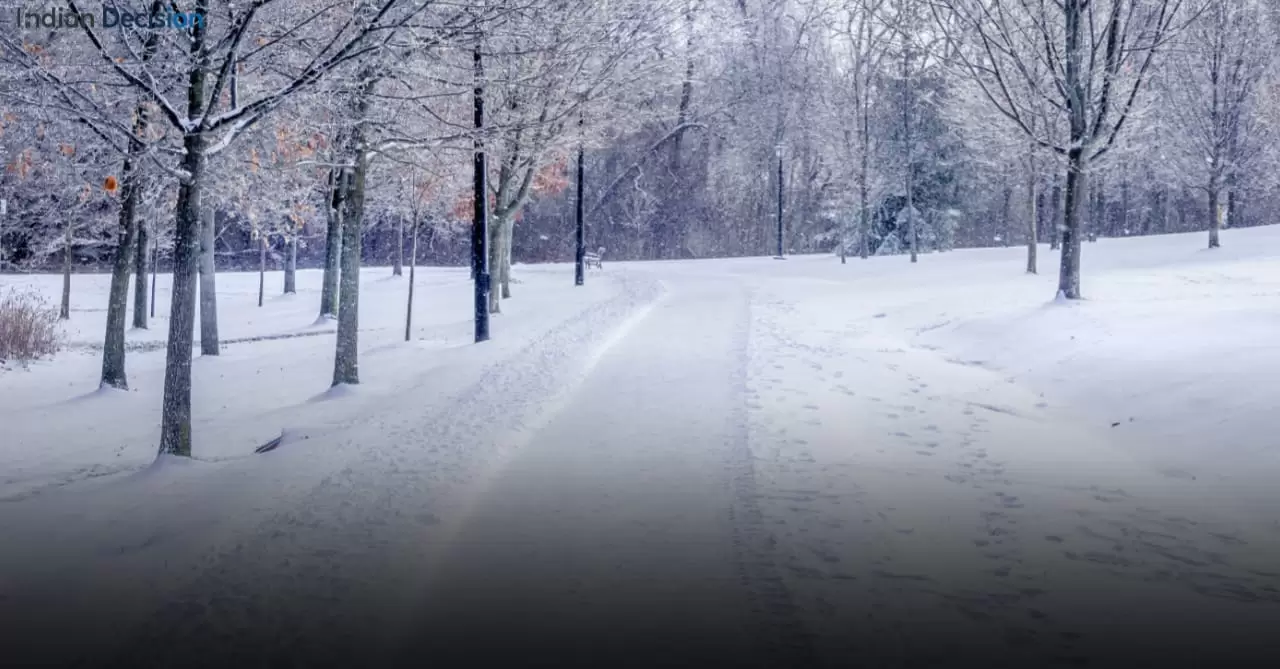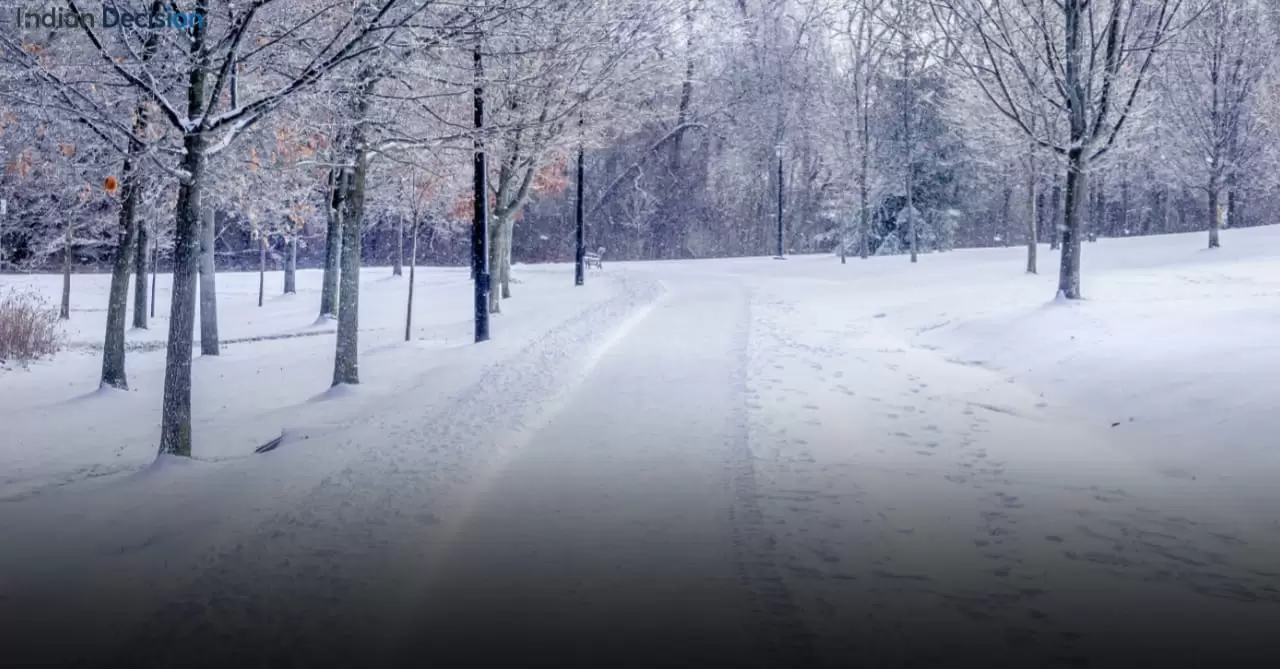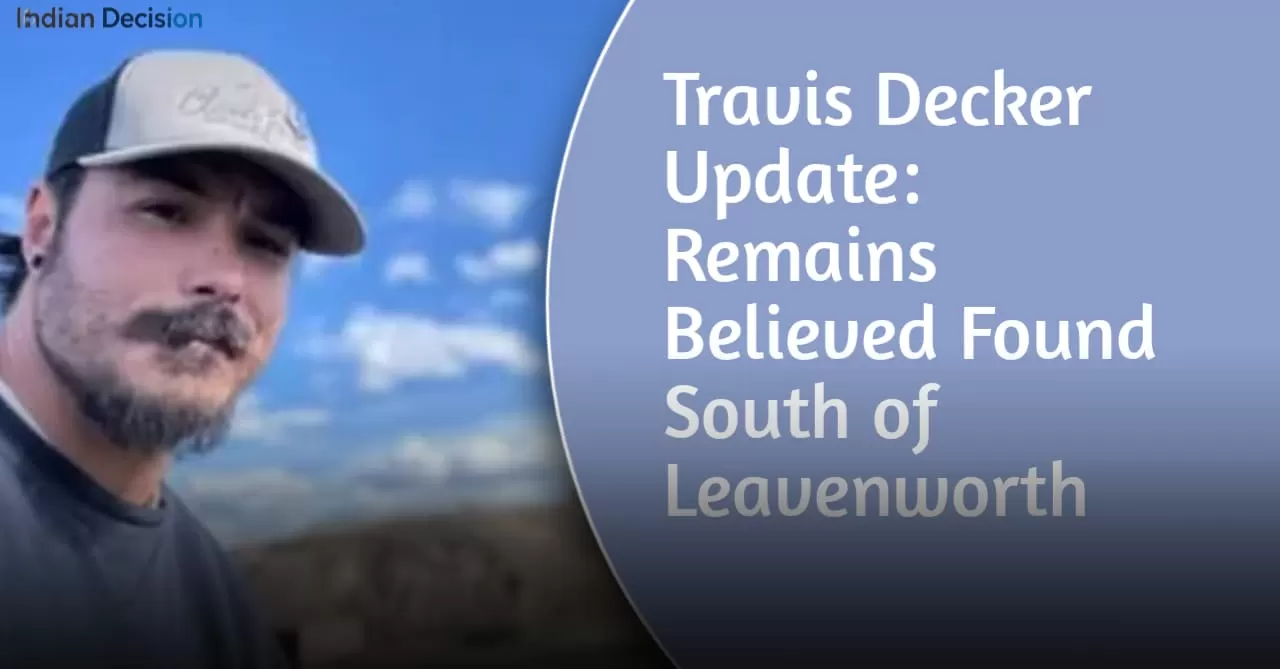Understanding Your Winter Weather Advisory Today
When the forecast turns frosty, hearing that a winter weather advisory has been issued for your area is a call to action. Unlike a full-blown warning, an advisory signals manageable but potentially hazardous conditions that require your attention. This guide will not only explain what a winter weather advisory means but also provide you with the latest updates and the knowledge to stay safe.
What Does a Winter Weather Advisory Mean?
A winter weather advisory is an official alert issued by the National Weather Service (NWS) to indicate that periods of snow, sleet, or freezing rain will cause travel difficulties. The key threshold is typically the expectation of 3 to 5 inches of snow within a 12-hour period, or a half-inch or more of sleet or freezing rain. The core message is that while the situation is not severe enough to be classified as a warning, you should exercise caution, especially if you plan to be on the road. Be prepared for slippery conditions and reduced visibility.
Winter Storm Warning vs. Advisory: Knowing the Difference
Understanding the distinction between a watch, warning, and advisory is crucial for your response.
- Winter Storm Watch: This is the "be prepared" alert. Issued up to 48 hours in advance, it means conditions are favorable for a significant winter storm. Keep an eye on the forecast.
- Winter Storm Warning: This is the "take action" alert. It means a severe winter weather event is imminent or occurring, with criteria like 6+ inches of snow in 12 hours or a combination of heavy snow and strong winds. Travel is often dangerous and should be avoided.
- Winter Weather Advisory: This is the "be aware" alert. It indicates that less severe, but still impactful, winter weather is expected. You can proceed with your day, but you must do so with heightened awareness and caution.
Your Local Winter Weather Advisory Update
Staying informed with a local winter weather advisory is the most critical step you can take. Weather impacts are hyper-local; conditions can change dramatically from one neighborhood to the next.
Checking the Winter Weather Advisory Map
The most effective tool for a real-time snapshot is the official winter weather advisory map provided by the National Weather Service. This color-coded map shows active advisories, watches, and warnings across the country. To use it, simply visit the NWS website and click on your region. The map is updated continuously, giving you the most current picture of developing weather threats in your area and along your travel route.
Location-Specific Advisories: From New York to Michigan
As of today, various regions are under scrutiny. For instance, a winter weather advisory New York might highlight the risk of a fast-moving clipper system bringing a quick burst of snow to the Hudson Valley. Meanwhile, a winter weather advisory Chicago could be focused on lake-effect snow bands downwind of Lake Michigan. In the Upper Midwest, a winter weather advisory Michigan or winter weather advisory Minnesota often deals with prolonged periods of light snow and blowing snow, leading to icy roads. Always check your specific county warning.
How Long Does a Winter Weather Advisory Last?
The duration of an advisory is highly variable. Typically, a winter weather advisory remains in effect for 6 to 12 hours, covering the expected period of the most intense precipitation. However, it can be extended if a storm system moves slower than anticipated or if multiple waves of precipitation are expected. The advisory will always include start and end times, which are your best guide for planning your activities.
Safety Tips During a Winter Weather Advisory
Your safety hinges on preparedness. If a winter weather advisory is in effect for your area, follow these essential safety tips during winter weather advisory conditions.
- On the Road: Slow down and increase your following distance significantly. Brake gently to avoid skidding. Ensure your vehicle's gas tank is at least half full and that you have an emergency kit in your trunk including a blanket, flashlight, snacks, and a first-aid kit.
- At Home: Check on vulnerable neighbors, such as the elderly or those living alone. Prevent ice dams by keeping your attic well-insulated and ventilated. Know how to shut off water valves in case a pipe freezes and bursts.
- Personal Safety: Dress in layers if you must go outside. Wear a hat, as a significant amount of body heat is lost through the head. Watch for signs of frostbite (numbness, white or pale skin) and hypothermia (uncontrollable shivering, confusion).
Winter Weather Advisory Travel Restrictions
While a standard advisory does not usually trigger official winter weather advisory travel restrictions like road closures, it is a strong recommendation to avoid unnecessary travel. If you must drive, inform someone of your route and expected arrival time. Be aware that commercial vehicle restrictions for large trucks are sometimes implemented during advisories due to high winds or slick conditions on highways.
Frequently Asked Questions (FAQs)
What is the main purpose of a winter weather advisory?
The main purpose is to alert the public to expect winter weather conditions that are an inconvenience and could be hazardous, primarily for travel, if caution is not exercised.
Can a winter weather advisory be upgraded?
Yes, if forecast models show the storm intensifying beyond initial predictions, the National Weather Service can upgrade an advisory to a Winter Storm Warning as the event gets closer.
Is school typically cancelled for a winter weather advisory?
It is less common for schools to be cancelled solely for an advisory, but delays or cancellations can occur, especially in regions less accustomed to winter weather or if the advisory coincides with the morning commute.
What should I have in my home winter emergency kit?
Your kit should include a three-day supply of water and non-perishable food, a battery-powered or hand-crank radio, extra flashlights and batteries, a first-aid kit, and any necessary medications.
How accurate are winter weather advisory forecasts?
Forecast accuracy has improved significantly, but winter weather is notoriously complex. Snow totals and the rain/snow line can shift. Always check for updates as the event approaches.
Does a winter weather advisory cover wind chill?
No, wind chill is covered by a separate Wind Chill Advisory. A winter weather advisory specifically addresses falling or frozen precipitation like snow, sleet, and freezing rain.
Where is the best place to get official updates?
The most reliable sources are the National Weather Service website (weather.gov) and its associated social media channels, or trusted local broadcast meteorologists.
Conclusion: Stay Informed, Stay Safe
A winter weather advisory is your cue to shift from a normal routine to a more mindful one. By understanding what the advisory means, knowing how to check your local winter weather advisory map, and adhering to proven safety tips, you can navigate the challenging conditions with confidence. Proactive preparation is the key to ensuring that you, your family, and your community remain safe throughout the winter season. Bookmark your local NWS page today and make it a habit to check the forecast during the winter months.








